Did you know that beetroot microgreens offer even more nutrients and are tastier, as well as much faster-growing! Microgreens are an increasingly popular method of growing food; the plants are ready in a matter of weeks, they generally offer a higher nutritional value than mature plants, and they can be grown virtually anywhere. In this article, we will show you how to grow beetroot microgreens.
Beetroot microgreen prefers soil as its growing medium. When starting pre-soak about 1.2 ounces of seeds for 8-12 hours in cold water. The blackout period for these microgreens is 6-8 days and germination will occur 3-4 days. The estimated time to harvest is 10-12 days and your crop will have green leaves and dark red stems. we will cover how to grow beetroot microgreens and answer lots of questions.
Most microgreens look alike, but that’s not the case with these beauties. The deep, red pigment of many beetroots turns the sprout stems hot pink. They remind me of tiny rhubarb plants. Even though it’s in a smaller amount, this color can still bleed and stain when the plant is cut.
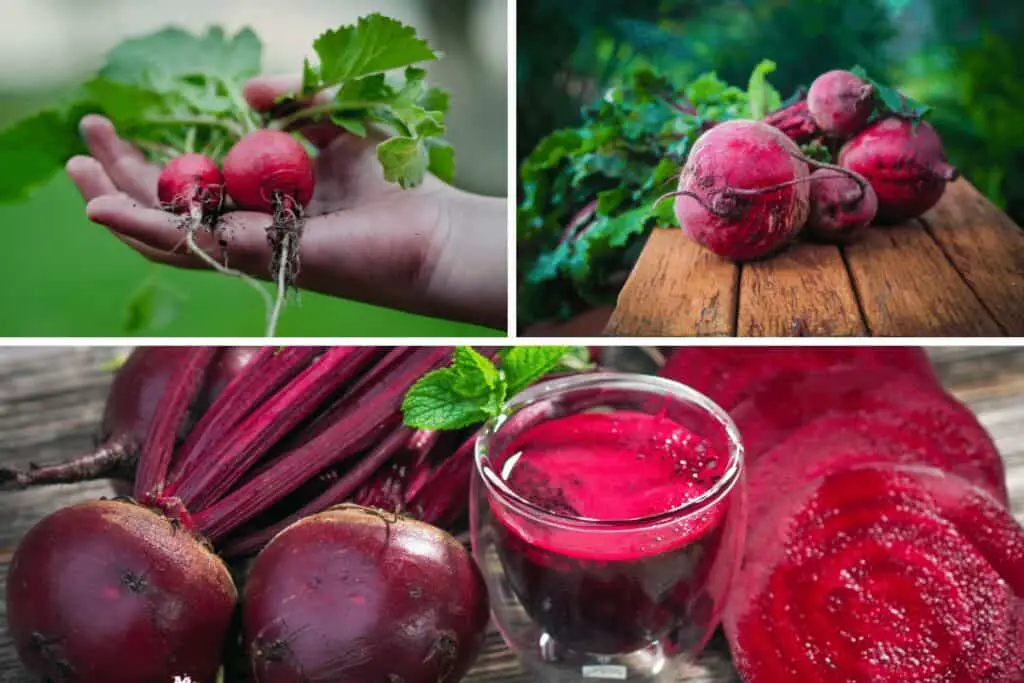
Different Types of beetroots



Rainbow Blend beet microgreens mix


Tips on How to Grow Beet Microgreens
Starting
You’ll need a tray for your growing medium. A good size to start with is 10×20 but you can choose any container.
Remember, beet microgreens taste best when they are eaten fresh.
These microgreens are not keen on too much water, for this reason, it is important that your tray has drainage holes and that you have a water tray under it.
You’ll need to pick your growing medium. Beets prefer soil as they have an intricate root structure.
Seeding
A 10×20 tray will accommodate approximately 6 tablespoons of seeds, spread evenly across the surface. However, before you spread your seeds it is a good idea to moisten your growing medium.
Beet microgreen seeds are actually pods with lots of seeds inside. For this reason, you’ll need to press them all gently into the soil; ensuring they are partially covered.
Once done, cover the tray and leave it for 4-5 days; they won’t need any water during this time.
Germination
This should take place on day 2 or 3. Have a look each day to check it is happening. But, you don’t need to do anything to your plants at this stage.
After 5-6 days the emerging plants will start to shed their hulls. At this point, you can remove the cover and move the plants to a better-lit location.
During the following growing period, you’ll need to water them with either a spray mist or by adding water to the tray under the growing medium (water them from the bottom).
Harvest
For the next 10-15 days, you’ll simply need to monitor the plants, ensuring they have water but are not soaked. Once you see the leaves opening, they’ll be green with red veins, and they are ready to harvest.
Recommended Products For Beetroot Microgreens:




FAQ
Add them to your salad, garnish your food, put them in a sandwich, or even eat them directly after harvesting. They are delicious and very nutritious. Approximately 8 hours before you want to harvest you should stop watering your beets.
Besides being tasty, beet microgreens are also nutritious, containing vitamins A, B, C, E, and K, the minerals calcium, iron, magnesium, manganese, potassium, zinc, as well as antioxidants.
Beet seeds have a thin enough hull that they don’t need to be soaked in water prior to germination. Some microgreen gardeners still opt to soak the seeds for about 8 hours, but this is completely optional.
Unfortunately, no, most microgreens won’t grow back after cutting. The vast majority of plants won’t grow back at all. A plant’s seed usually only contains enough energy to get the first set of leaves up.
Beets can germinate in soil temperatures as low as 40° though it may take longer than five days. Soaking beet seeds for an hour or overnight in warm (not hot!) water before planting can speed up the germination process. Continue spring succession plantings until the air temperature reaches 80°
Pour the beet seeds into a bowl and cover them with hot distilled water. Soak the seeds for 24 hours. Soaking the beet seeds shortens the time it takes them to sprout.
Microgreens are packed with nutrients. While their nutrient contents vary slightly, most varieties tend to be rich in potassium, iron, zinc, magnesium, and copper. Microgreens are also a great source of beneficial plant compounds like antioxidants.
In soil that’s at least 50°F (10°C), germination takes place in 5 to 8 days. In soil colder than that, germination may take 2 to 3 weeks. Tip: To speed up germination, or when planting in areas with low moisture and rainfall, soak the seeds in water for 24 hours before planting.
Another shade-tolerant root crop, beets produce small – but delicious and tender – roots in the shade. In areas with less than four hours of sun per day, focus on growing beets for their greens, not roots. This peppery salad green doesn’t just tolerate shade, it thrives in it.
21-0-0 is the best fertilizer for beets, it is a popular early spring fertilizer for leafy vegetable crops – that’s assuming you want the greens as well as the roots. If you are growing them exclusively for the beetroots use a fertilizer slightly lower in Nitrogen.
Beets are moderate feeders so plant in deeply dug, composted soil, and water regularly—dry soil will increase the amount of zoning (pale rings in the beet). Mix ½ cup of complete organic fertilizer per 1.5-3m (5-10′) of row into the soil below the seed furrow. … Beet also pickles well, of course.
Add them to your salad, garnish your food, put them in a sandwich, or even eat them directly after harvesting. They are delicious and very nutritious. Approximately 8 hours before you want to harvest you should stop watering your beets.
Beet Microgreens Health Benefits
Microgreens are packed with nutrients. While their nutrient contents vary slightly, most varieties tend to be rich in potassium, iron, zinc, magnesium, and copper. Microgreens are also a great source of beneficial plant compounds like antioxidants. They also help in the following:
- Skin Care
- Liver
- Hair Loss
Whispering Willow Farms Video on how to grow Microgreens
Great youtube channel. Lots of information.
CONCLUSION
We hope you have enjoyed this article on how to grow beetroot microgreens. Most microgreens look alike, but that’s not the case with these beauties. The deep, red pigment of many beetroots turns the sprout stems hot pink. Microgreen beet seeds have a mild, spinach-like flavor. Intensely purple stems and bright green leaves that are even more nutrient-dense than mature beets! Try them as a replacement for baby spinach in salads, or simply as an eye-catching garnish. Enjoy.
Latest Posts
- What Types of Lettuces Can You Grow?
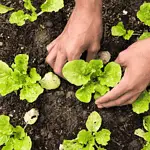
- How to Plant Onion Seeds for Maximum Germination
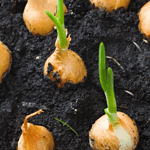
- How to Plant Parsnip Seeds for Maximum Germination

- How to Plant Mushroom Seeds for Maximum Germination
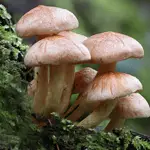
- How to Plant Lettuce Seeds for Maximum Germination
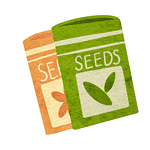
- How to Plant Kale Seeds: A Step-by-Step Guide to Maximum Germination Success!





